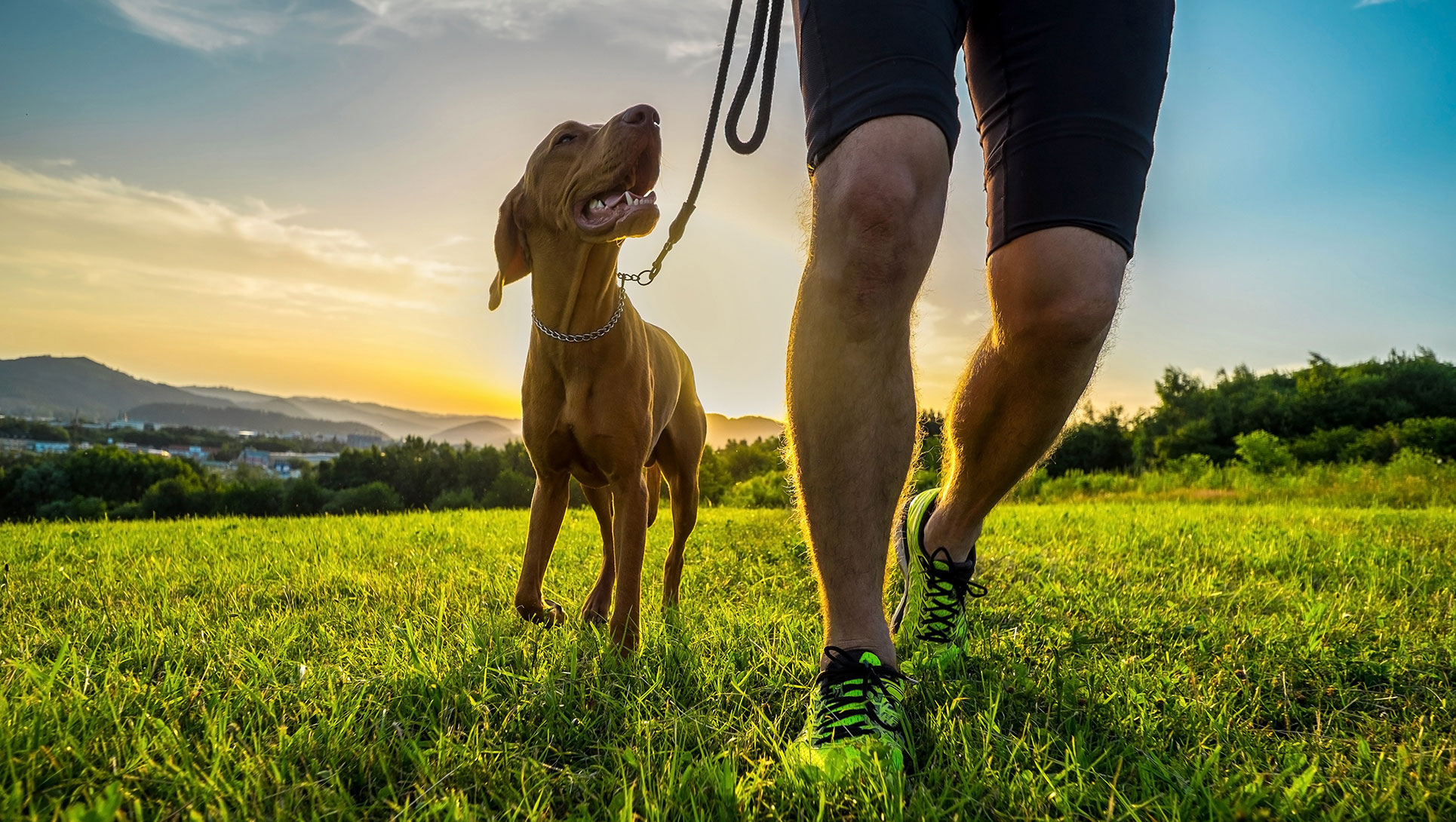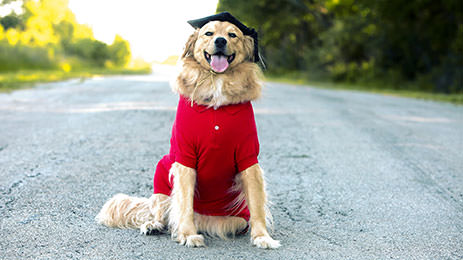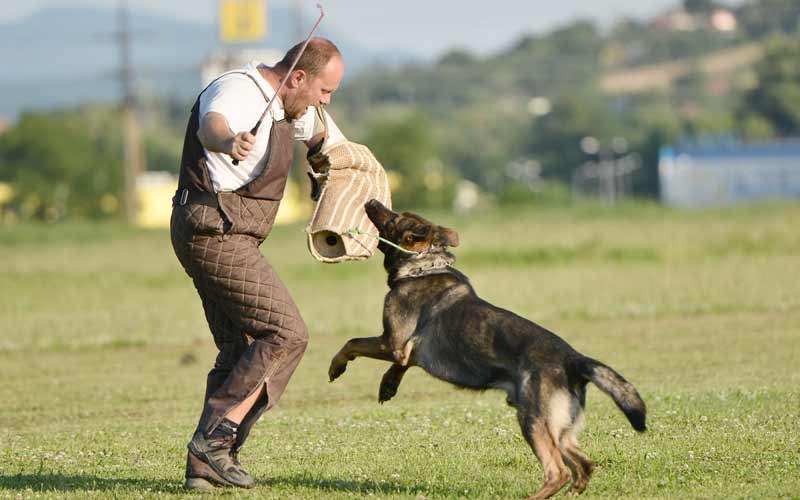Common Mistakes to Avoid During Dog Training for Better Results
Common Mistakes to Avoid During Dog Training for Better Results
Blog Article
Leading Canine Training Strategies Every Owner Need To Know

Favorable Reinforcement Methods
Using positive reinforcement methods is important for effective pet training, as it promotes a trusting bond in between the canine and the instructor. This method concentrates on fulfilling desirable behaviors rather than penalizing unfavorable ones, developing an environment favorable to finding out. Benefits can consist of treats, appreciation, or playtime, which inspire pets to duplicate the habits that gain them these rewards.

Additionally, this strategy improves the dog's interest for training sessions. When pet dogs connect training with favorable experiences, they are more engaged and receptive. Past immediate therapy, favorable reinforcement encourages a collaborative relationship between the pet and trainer, decreasing stress and anxiety and anxiety
To make best use of effectiveness, it is crucial to provide benefits immediately, making certain the pet connects the behavior with the reinforcement. In essence, positive reinforcement techniques not only yield better-trained dogs yet also advertise an unified collaboration in between pet dog and proprietor.
Remote Control Training Method
The remote control training method is an extremely effective technique that builds on the concepts of positive reinforcement by including a distinct sound to mark wanted behaviors. This method utilizes a tiny portable tool that generates a clicking audio, permitting instructors to connect with their pet dogs in a clear and prompt way. When a canine carries out a habits that the owner desires to motivate, the remote control is triggered, complied with by a benefit, generally in the type of treats or praise.
The secret to effective clicker training exists in consistency and timing. It is critical to click at the precise moment the preferred behavior occurs, making sure that the pet dog links the sound with the action and the subsequent reward. This technique not just boosts interaction but likewise cultivates a stronger bond between the owner and the dog, as it encourages engagement and communication throughout training sessions.
Clicker training can be related to a range of commands and behaviors, from basic obedience to a lot more complicated methods. Its adaptability and performance make it a popular strategy among specialist fitness instructors and pet proprietors alike, leading the way for a receptive and well-trained canine buddy.
Leash Training Basics
Effective leash training is necessary for ensuring a satisfying and safe walking experience for both dogs and their owners. Dog training. Chain training should begin very early and be approached with perseverance and uniformity. Begin by selecting an ideal leash and collar or harness. A flat collar may help some pet dogs, while others may gain from a harness that reduces drawing.
Introduce your pet to the chain gradually, allowing them to discover it in a comfy atmosphere. Once they are accustomed, method loose-leash walking. This entails rewarding your pet for walking close to you rather than pulling in advance. Use treats and appreciation to strengthen preferred actions, and be certain to continue to be assertive Find Out More and tranquil.
If your dog starts to pull, stop strolling immediately. Wait up until they go back to your side before resuming. This teaches them that pulling does not result in advance. Additionally, technique various walking environments to aid your canine adapt to disturbances.
Regular practice will strengthen your dog's understanding of leash etiquette. Bear in mind that chain training is a continuous process; persistence and uniformity will produce the very best results, fostering a positive experience for both you and your canine companion.
Socialization Approaches
Socialization is a crucial facet of dog training that must preferably start during puppyhood yet can be advantageous at any age. Effective socializing assists pets establish confidence and minimizes the chance of behavior problems. To carry out successful socializing approaches, expose your pet to a range of settings, people, and other animals.
Begin with regulated settings, such as puppy classes or organized playgroups, where young pet dogs can interact securely. Gradually present your dog to new experiences, including different sounds, surfaces, and activities. Make certain these encounters are satisfying and positive to establish a complacency.
For adult canines or those lacking direct exposure, start with low-stress situations. Short, positive communications with friendly people and tranquil pets can create positive organizations. Utilize treats and praise to strengthen preferable actions throughout these experiences.

Uniformity and Persistence
Recognizing the importance of uniformity and persistence in dog training is essential for attaining enduring results. Training a pet is a progressive process that calls for a structured approach and unwavering dedication from the owner. Each command or behavior have to be strengthened consistently to aid the pet dog understand what is anticipated of them. Inconsistent their website training can bring about complication, making it difficult for the pet to comprehend actions or commands, eventually impeding progress.
Furthermore, persistence is a critical element of efficient training. Pets, like humans, discover at their very own rate. Some may understand ideas promptly, while others might take longer. It is important for owners to stay supportive and calm, strengthening positive behavior without turning to stress or penalty. This cultivates a why not try here trusting relationship in between the pet dog and owner, motivating a more eager and enthusiastic learner.
To grow uniformity and persistence, establish a regular training regular, make use of the exact same commands, and ensure that all household participants apply the exact same training principles - Dog training. By doing so, you create a steady environment conducive to finding out, allowing your pet to develop and thrive right into a mannerly companion
Conclusion
To conclude, efficient canine training techniques, such as favorable support, clicker training, and appropriate chain training, are important for cultivating a healthy and balanced owner-dog relationship. Additionally, implementing socializing methods and maintaining uniformity and persistence throughout the training process adds substantially to a canine's total wellness. By integrating these approaches, pet dog owners can promote the development of well-adjusted, loyal family pets, ultimately improving the quality of life for both the pet and the owner.
Amongst the most popular approaches are positive support, clicker training, and chain training, each offering one-of-a-kind benefits that add to a well-behaved pet dog. As we explore these essential strategies, it ends up being evident that grasping their nuances can dramatically influence the training experience and the dog's general actions.Making use of positive reinforcement strategies is important for efficient pet dog training, as it fosters a trusting bond in between the pet dog and the instructor.In conclusion, efficient pet dog training strategies, such as positive support, remote control training, and correct leash training, are vital for cultivating a healthy owner-dog relationship. By integrating these techniques, dog proprietors can facilitate the development of well-adjusted, loyal pet dogs, ultimately improving the top quality of life for both the canine and the owner.
Report this page